Who says being a beauty editor is easy? For the June issue of O, The Oprah Magazine, three of the publication’s beauty editors agreed to subject themselves to a variety of treatments for a first-person report. Jim shot a portrait of them for the article, plus some cool supporting images.
.
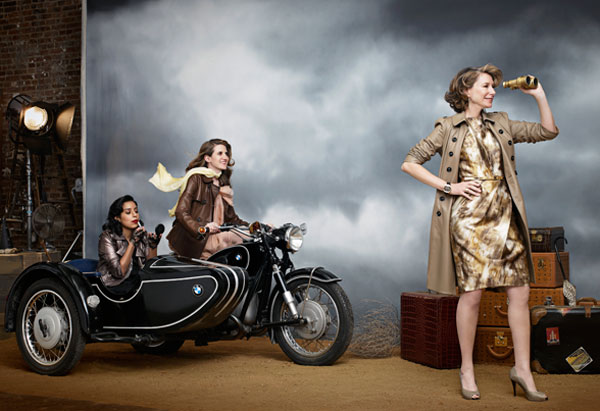
Photo by Jim Fiscus for O, The Oprah Magazine.
.
The acupuncture they tried doesn’t seem so bad. The facelift-via-tape, while absurd, is not too challenging. Nail polish that doesn’t chip? Sure, sign me up.
.

Photo by Jim Fiscus for O, The Oprah Magazine.
.
But rubbing snake venom on your face?
.

Photo by Jim Fiscus for O, The Oprah Magazine.
.
Or getting Botox?
.

Photo by Jim Fiscus for O, The Oprah Magazine.
.
These editors did all this and more. Click here for their piercing report.
.
.



























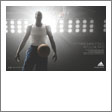
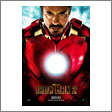
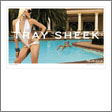
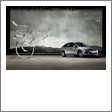
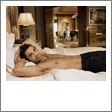
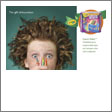
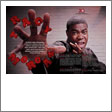
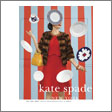
EPSN The Magazine publishes first-ever travel issue
Though the focus in publishing these days is on ways to use technology like the iPad and the Web to keep print alive (here’s a recent article on Newsweek‘s efforts along these lines), some publishers are using low-tech, time-tested strategies to boost their ad pages. Like appealing to nonendemic advertisers.
That, at least, is what ESPN The Magazine seems to be doing with its first-ever travel issue, which has just hit newsstands. A sports mag is not an obvious media buy for airlines, resorts, and other vacation-related advertisers, but a sports mag featuring big-name athletes enjoying themselves in gorgeous places? That’s worth a look. Since the stories are more about fun and not about critiquing the locations, they’re like endorsements—and thus very attractive content to place a related travel ad near.
.
ESPN The Magazine's travel issue features a cover story on Vince Young. Photo by Michael Muller.
Photo, shot underwater, by Michael Muller.
.
Solid storytelling is still important, though, and ESPN The Magazine does its best to serve it up in its debut travel issue. The cover story—shot by our own Michael Muller—is on weary Titans quarterback Vince Young taking a much-needed four-day vacation in Turks and Caicos.
.
Photo by Michael Muller.
Photo by Michael Muller.
.
There are also features on tailgating in Amsterdam with Sam’s Army, a fan club of the U.S. soccer team, going on a cruise with the St. Louis Cardinals, and “Sports From Hell”—the World Sauna Championships in Finland. Here’s a steamy photo of the sauna competitors in action:
.
Photo by Heini Hiltunen.
.
The magazine’s website has packaged the travel stories as print-video content combos, so if you click here, you can virtually hang out with vacationing Vince and get a look at his photo shoot with Michael. Some stills from the video:
.
Michael Muller photo shoot with Vince Young.
.
Related: Press release on ESPN The Magazine‘s travel issue
.
.